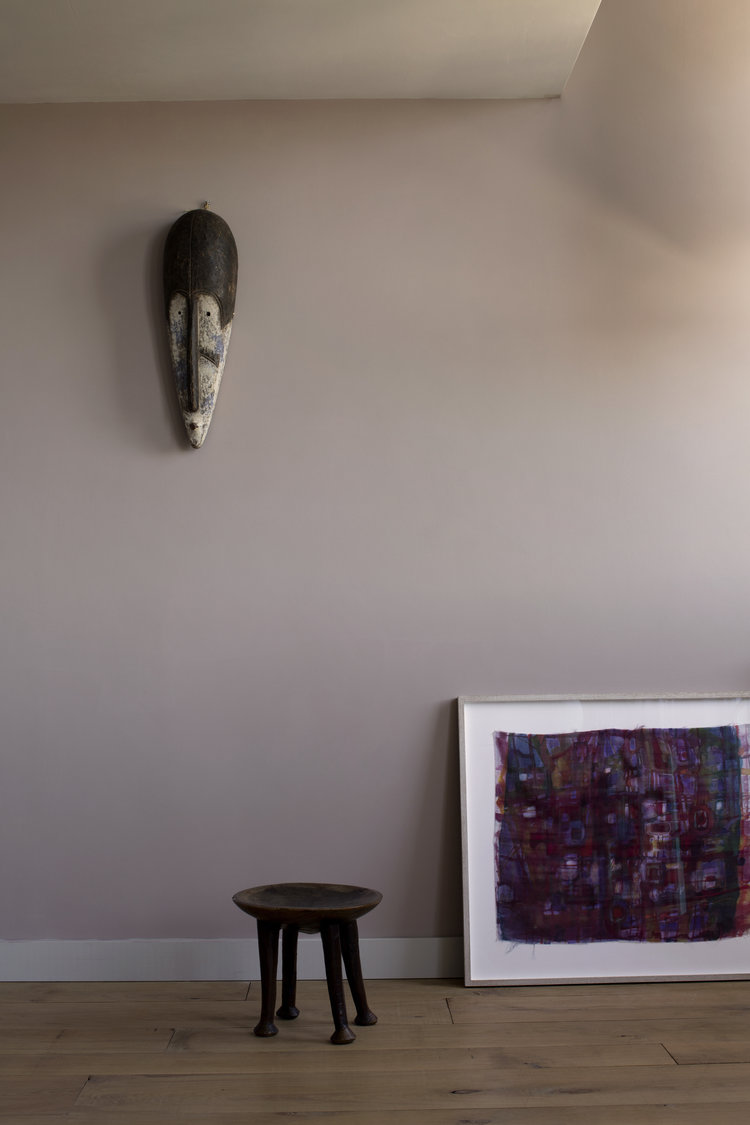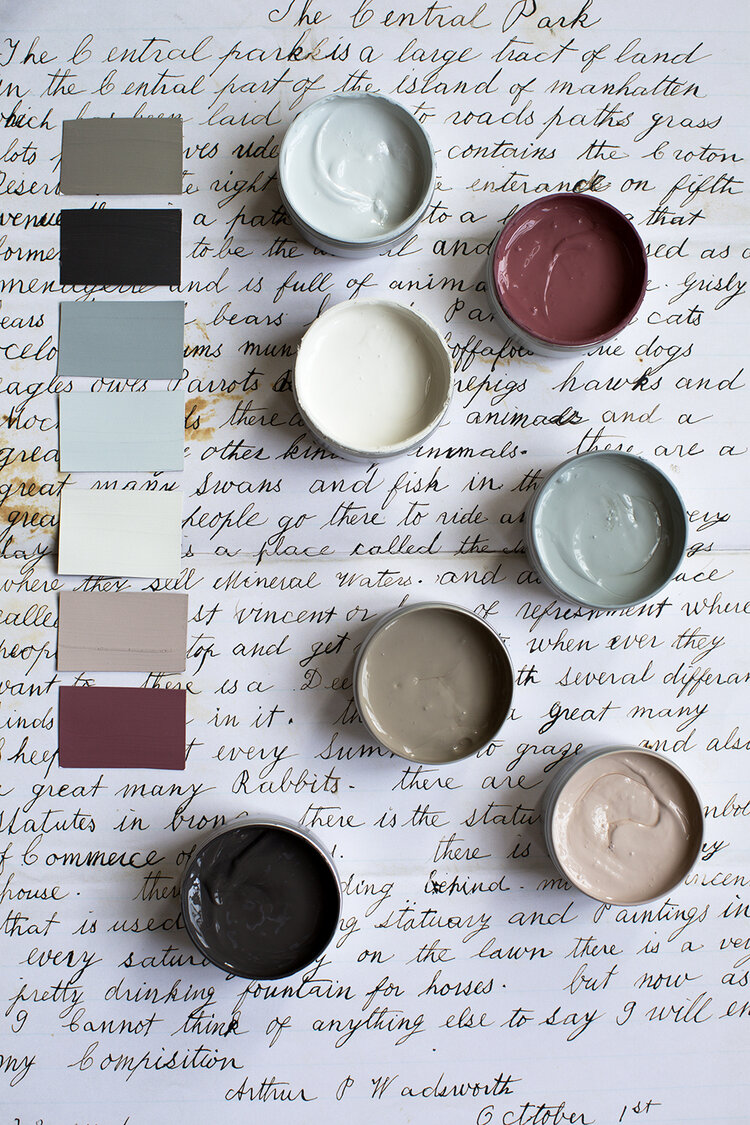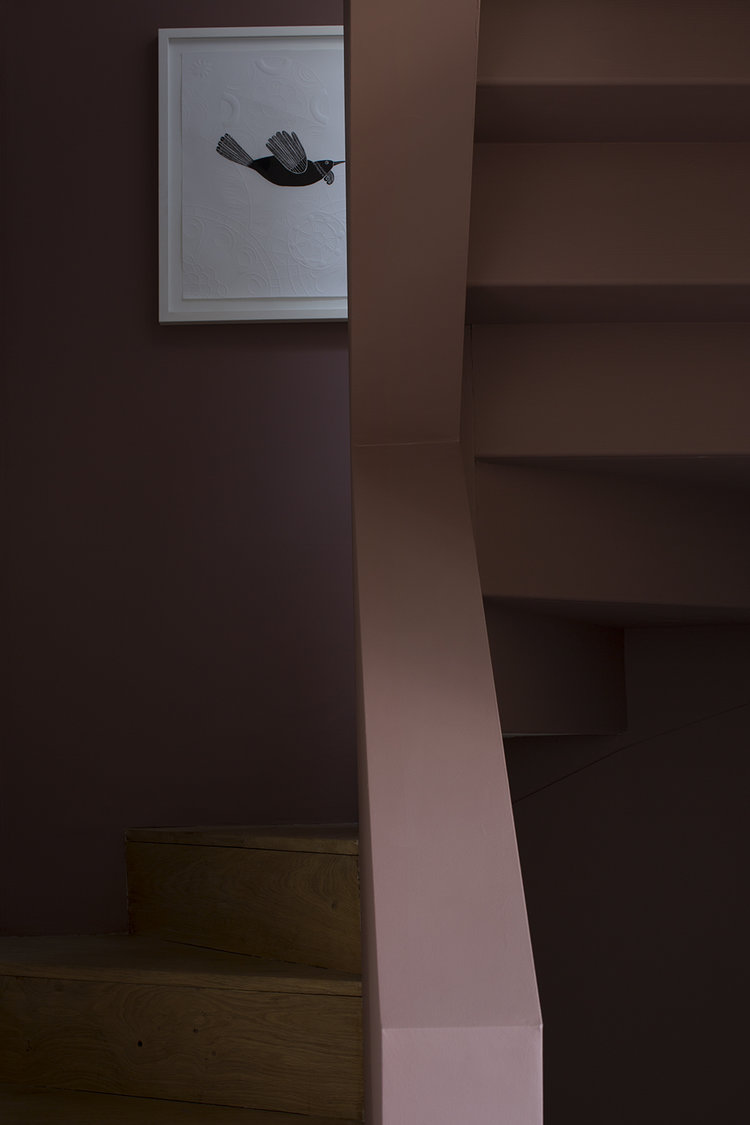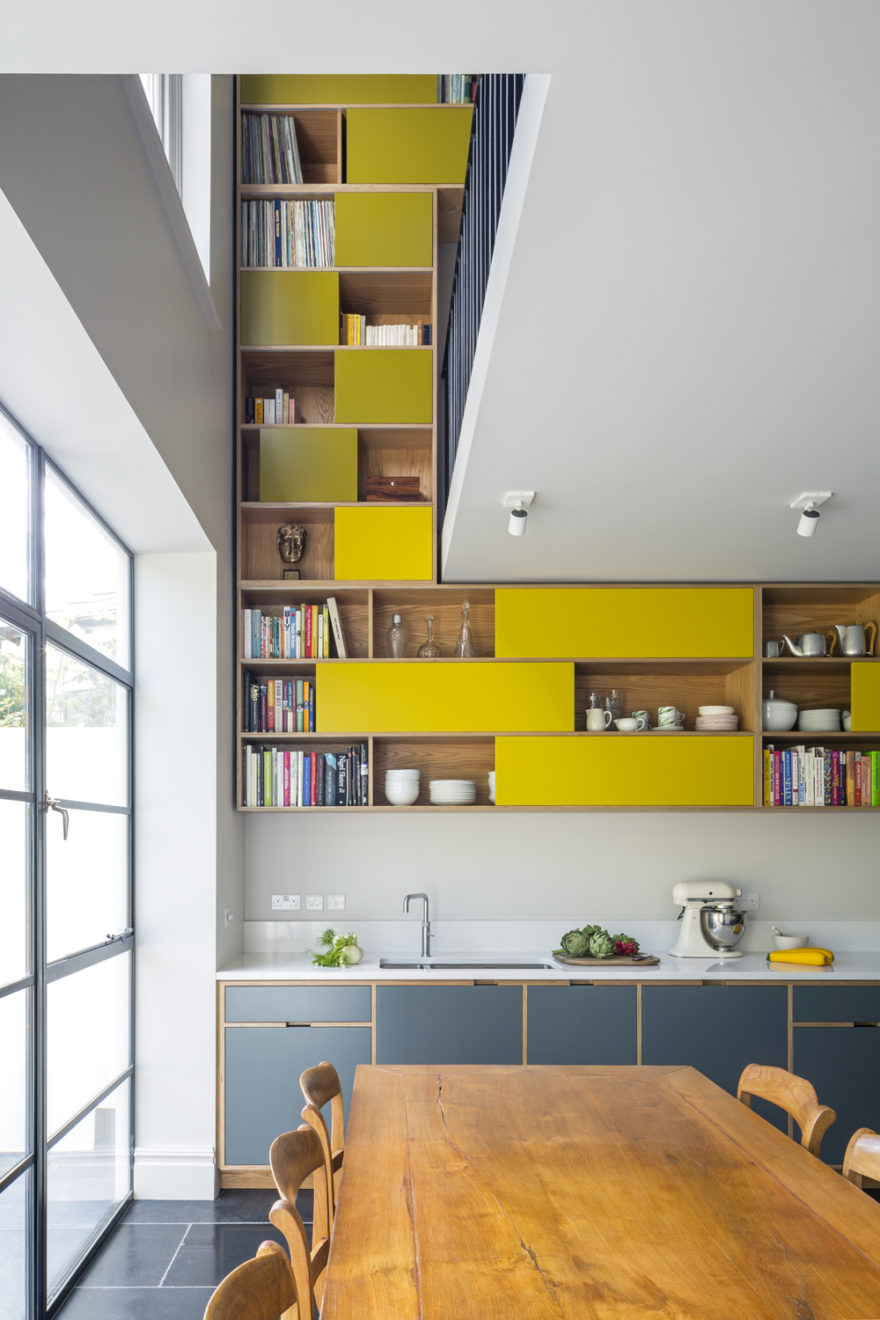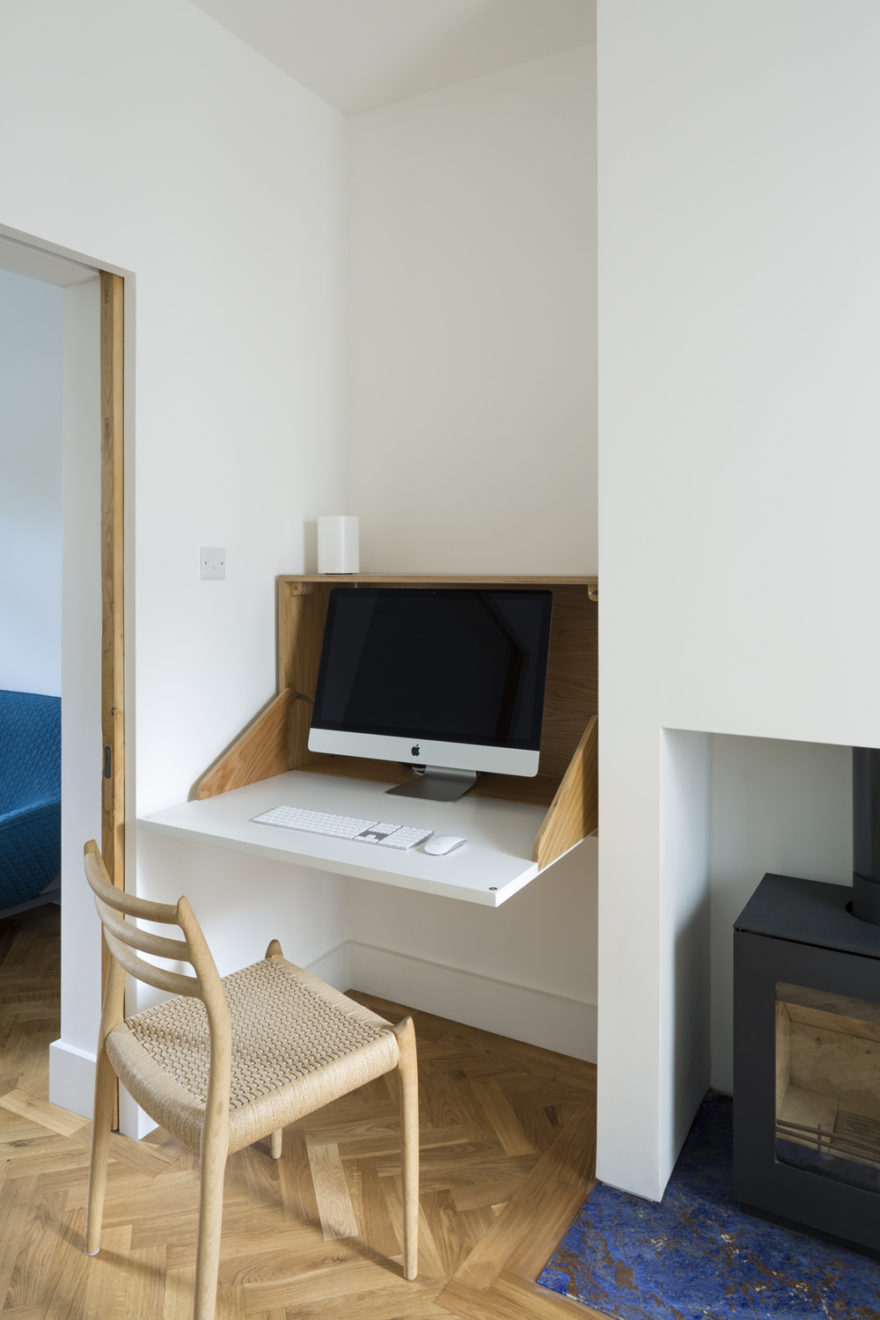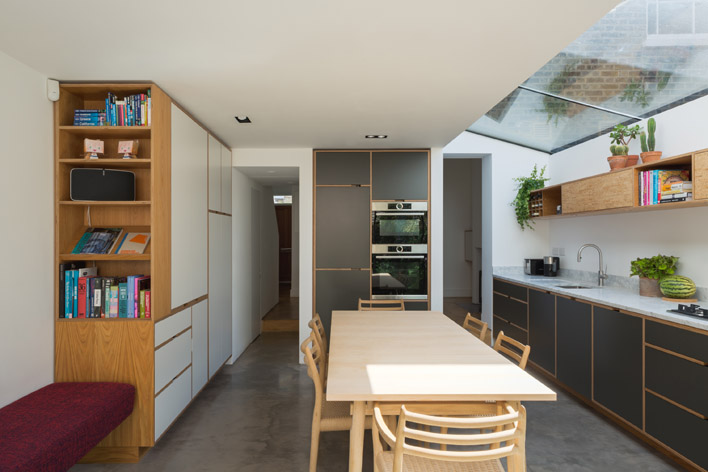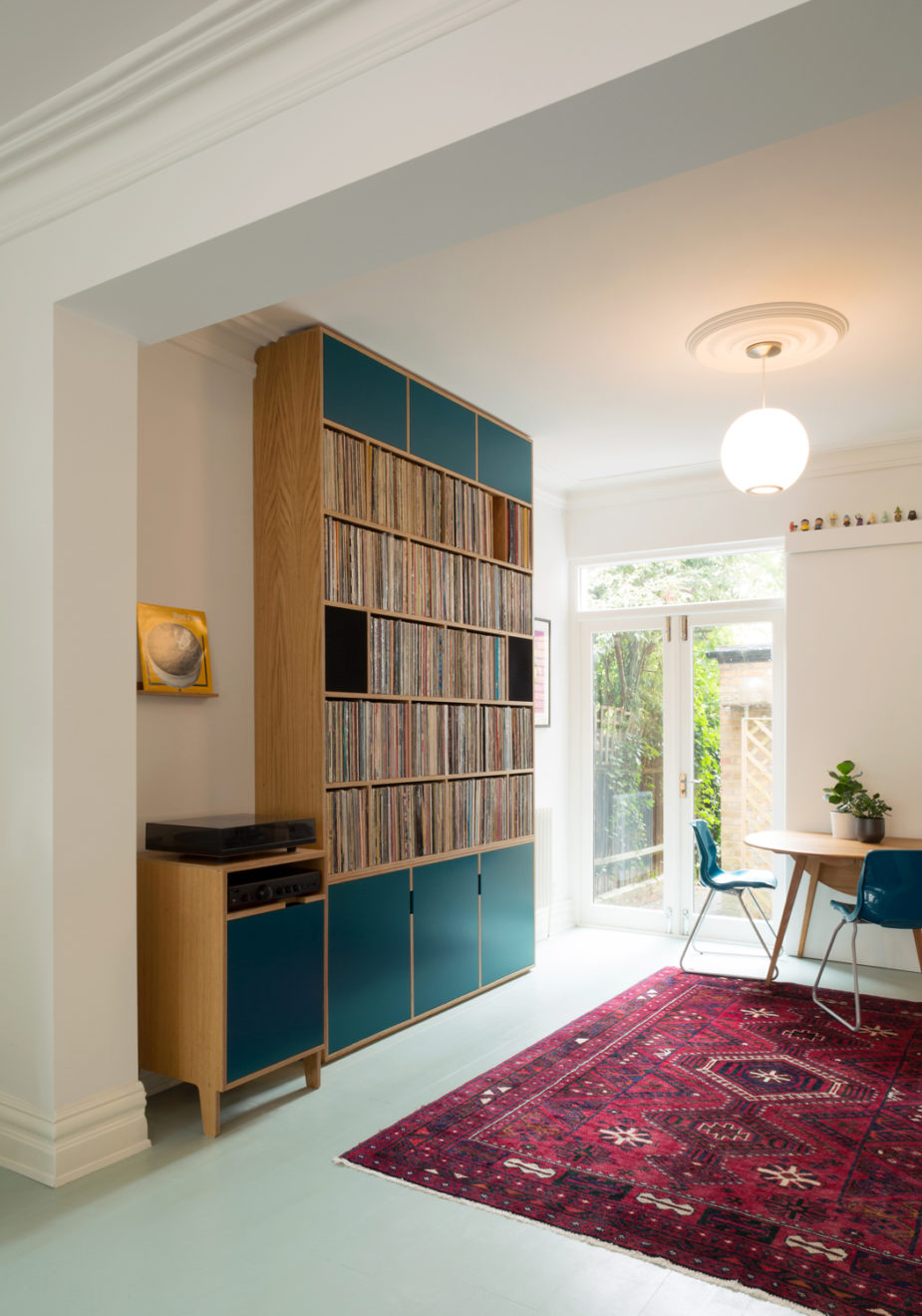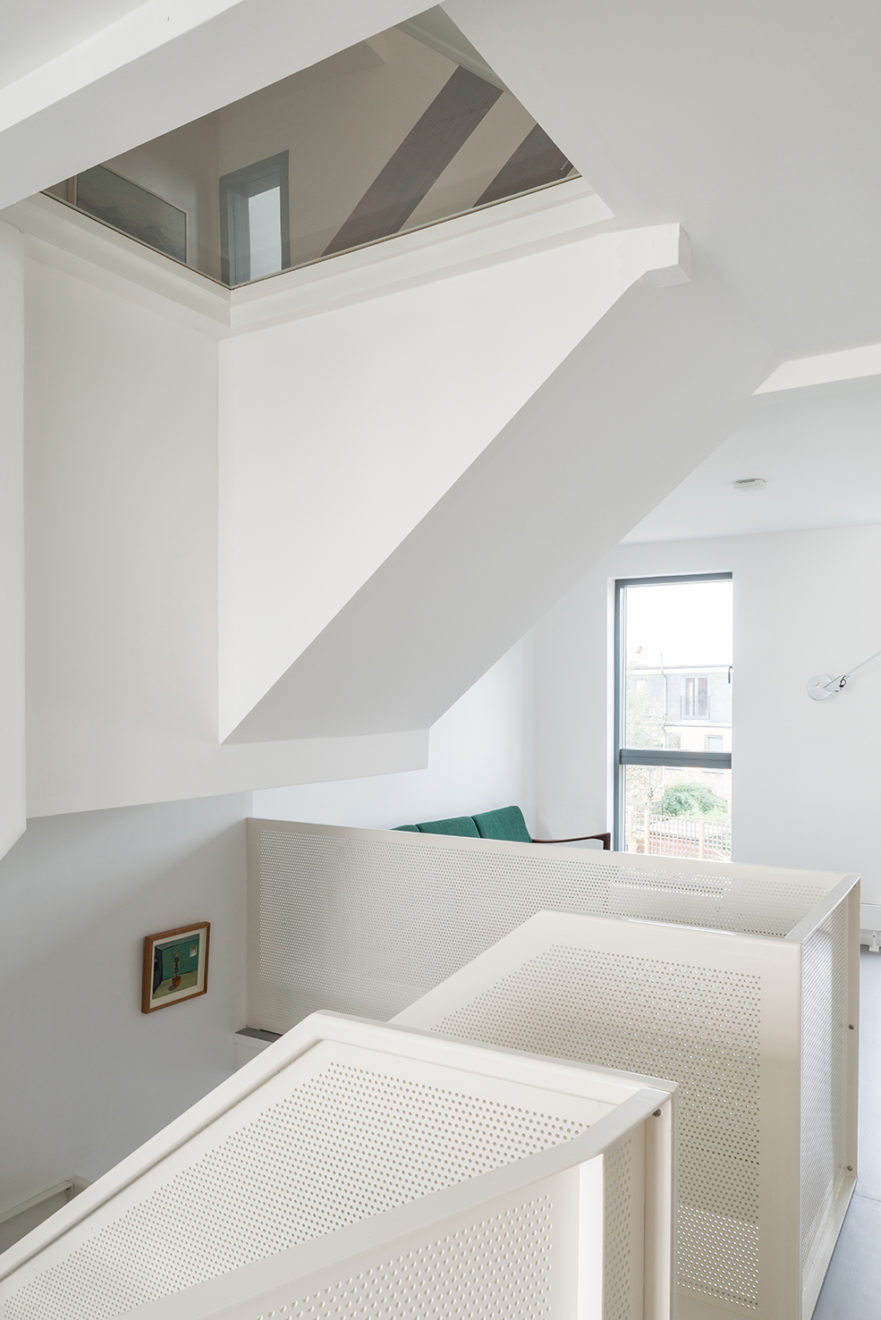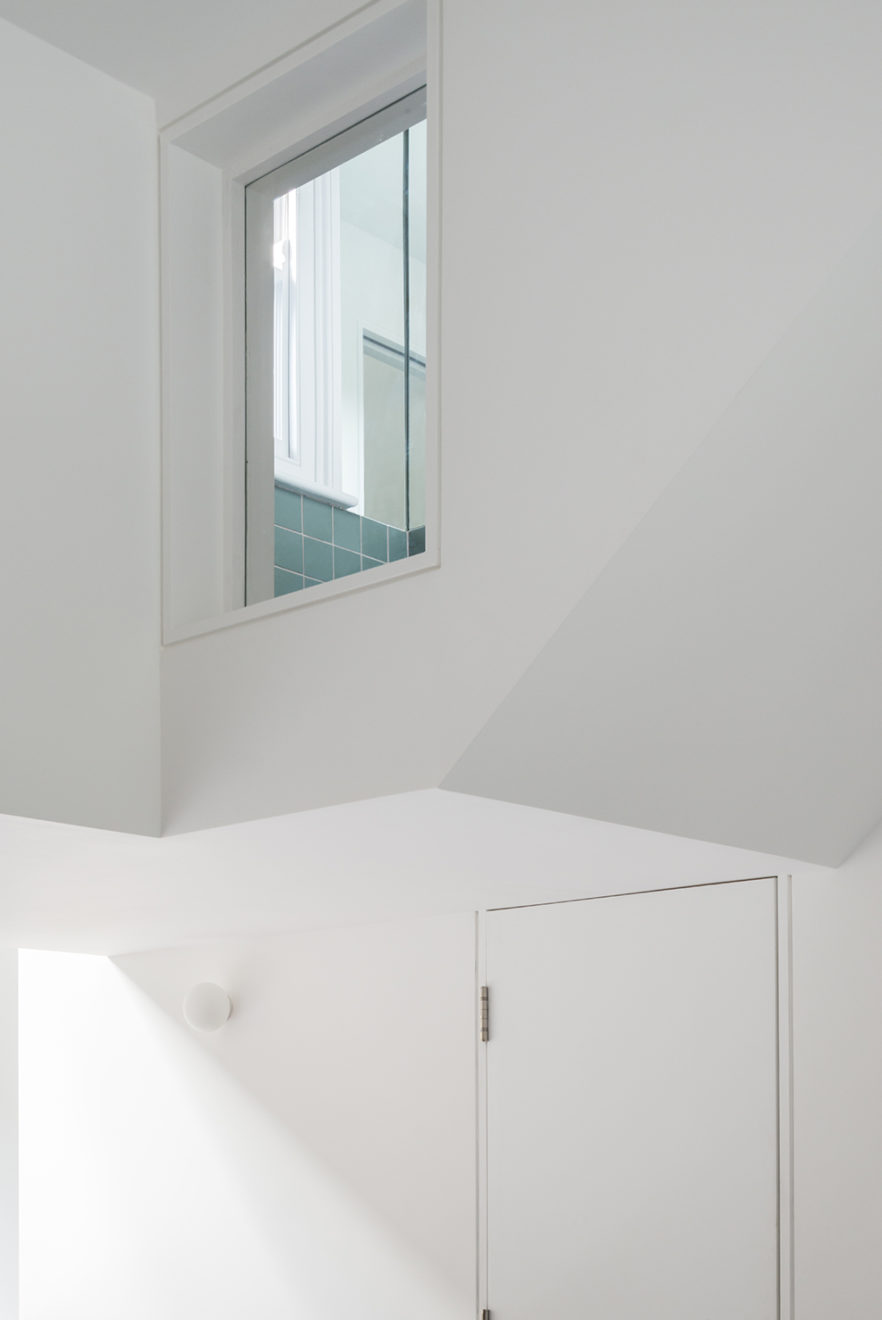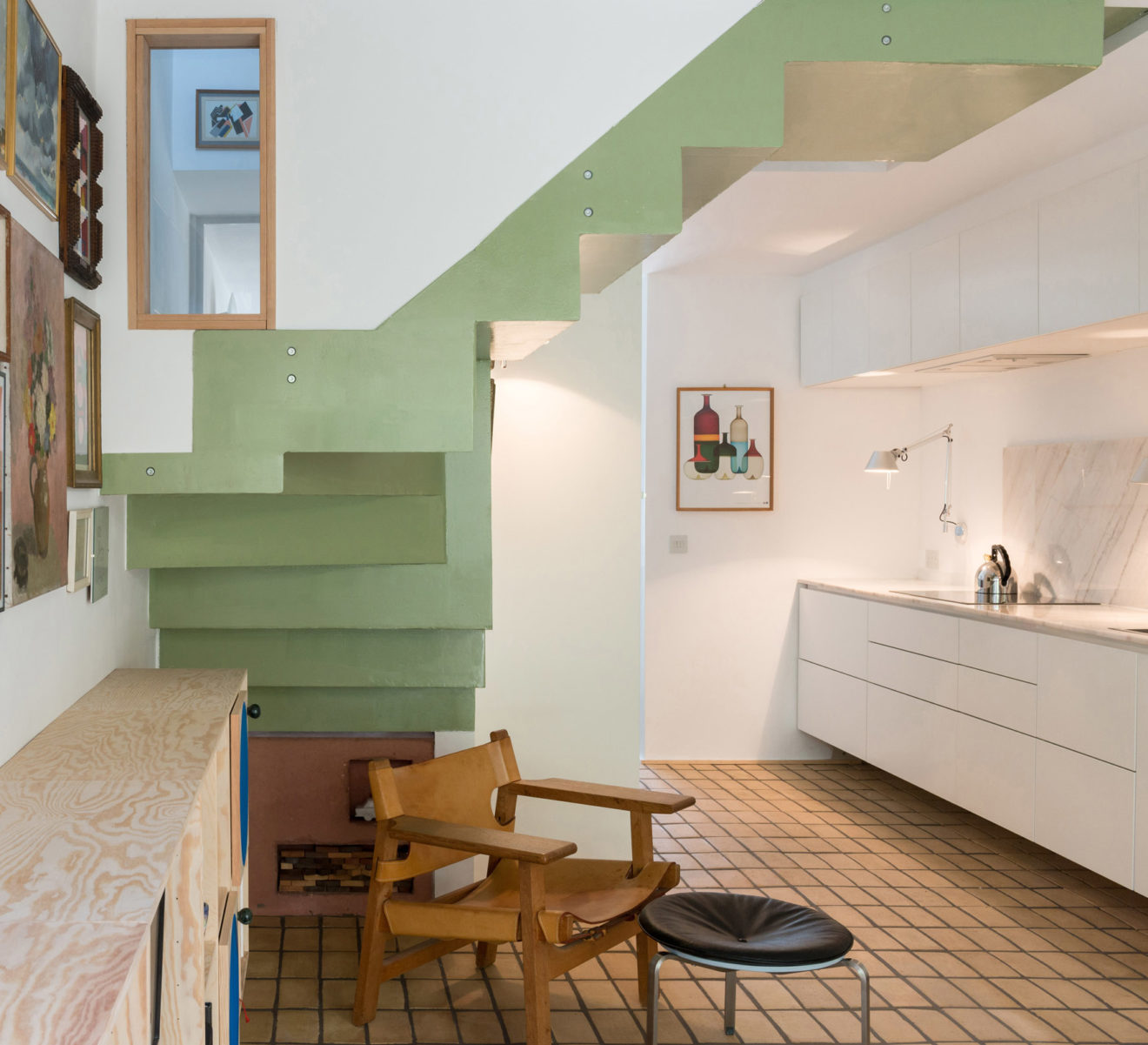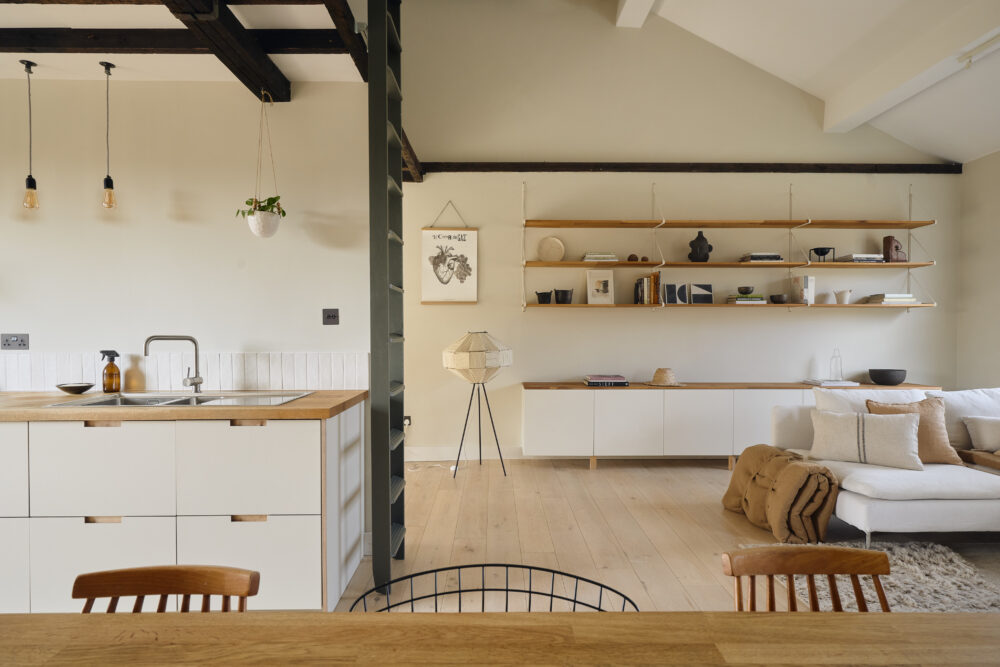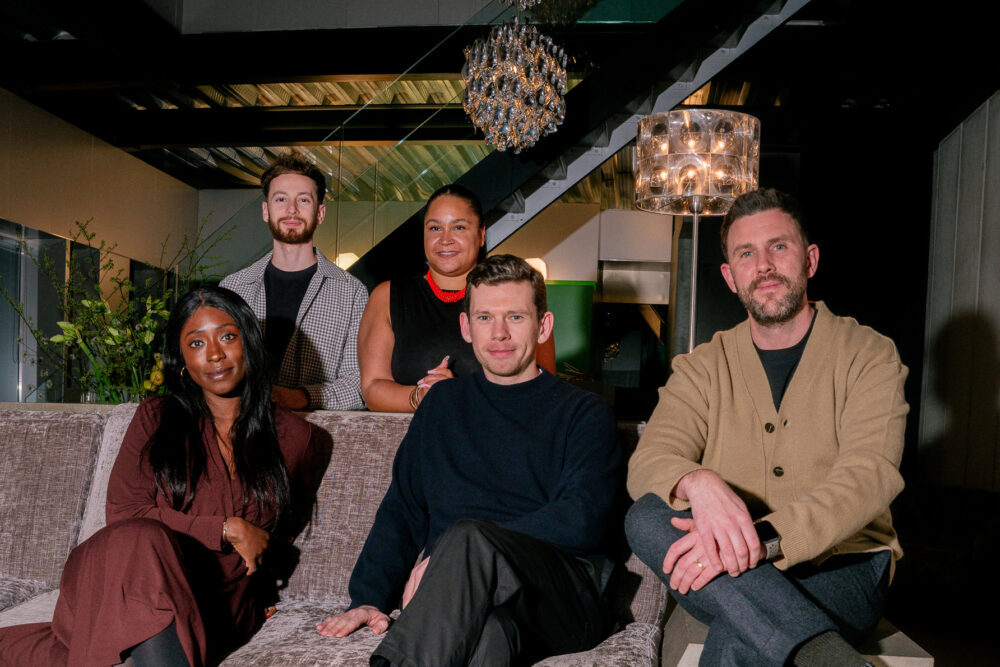What we’re looking forward to for 2021
Last year taught us resilience, and honed our ability to adapt – and our homes have learnt to flex accordingly. With this in mind, we asked some of our favourite industry experts to give us their opinions on why the turbulence of 2020 has been – among other things – a force for change, prompting us to evaluate what it is we cherish, what we should cast off, and what we’re prioritising in the months to come.
Paint maker Cassandra Ellis of Atelier Ellis believes that the past year has signalled a turning point when it comes to embracing colour. ‘I think of it as colour rather than paint because paint is the conduit, colour is the reason. And it’s all down to how somebody wants to feel, rather than how it looks,’ she explains. According to Ellis, most of us are shunning white for pigmented shades that stir something in us, having reconnected with our own personal taste after years of absorbing copycat trends through the pages of magazines and social media. ‘I absolutely think people’s attitudes to colour have changed over the past year, I can see it already – there’s not a lot of white going on. Now I have a lot of conversations where customers say: “Yeah, I want to make this house about me. I really like this or I’m going to do this” – they’re saying “I, I , I” not “How do I emulate this?”. Interestingly the people that are still emulating are interior designers, homeowners are not. They are really into expressing themselves.’
James Hoy and Alan Drumm, founders of bespoke joinery firm Uncommon Projects, have also seen an uptake in bolder colour choices from clients over these past few months. ‘Since the end of the first lockdown there has been an explosion of colour at Uncommon Projects. In the past, clients had more of a tendency to play it safe as far as colour goes. But there has been a shift recently – now they’re feeling more confident, wanting to walk into their kitchen and feel joy.’
So what colours are we leaning into? ‘We recently completed a bright green kitchen which we love, but yellow, pink, coral and red oxide are really popular at the moment.’ While their client base is by no means colour shy, Hoy and Drumm believe that lockdown has emboldened us all. ‘This is definitely a movement that has been in the offing for a while but lockdown seems to be accelerating it. Some of our first bespoke kitchens over 10 years ago were bright yellows, reds and greens, but it seemed to be a bigger leap of faith for clients to opt for that in the past.’
Meanwhile, we’re reacquainting ourselves with previously neglected “wasteland” areas of the house and giving them a fresh lease of life with a lick of paint. ‘If you were going to work every day, you’d be passing through those unloved rooms and not looking at them,’ says Ellis. ‘Your shutters would be down and you’d come home after your hideous commute, put your bag in the hall and walk straight through into wherever your loved one is – you’re passing through that space which is literally unloved. So, when people are forced to be at home they’re staring at every corner of every wall – why not make every part of your home as joyous as possible?’
For those of us who haven’t moved house this year, our space may not have necessarily increased but we’re probably using it differently, perhaps in unexpected ways. This new found familiarity with the home can be a huge plus, according to Johan Hybschmann of award-winning Archmongers architects. ‘I think that it has actually helped that people have been forced to live at home – so they know where the best light is at a particular time of day, or they know where they feel more secluded in the house than in other parts of it. If you have the luxury of extra rooms, then maybe the place where the bedroom is right now isn’t the best place – maybe it’s where you work?’
With working from home and sporadic home-schooling the new norm for the foreseeable, study space is at an all-time premium. But if a spare room is hard to come by, clever joinery can help with this. ‘A dedicated corner in the kitchen or living space where you can work from home comfortably, or the kids can do their homework, is a must. And good quality storage is critical if you want to have a multi-purpose space that also functions beautifully,’ says Drumm and Hoy. ‘If considered carefully right from the start, then kitchen, study, or dining room furniture can all be integrated and the whole space will work much better. Rather than having to use the kitchen island as a desk, it’s preferable to instead have a dedicated area further away from the cooking action.’
Lockdown has created this hive of activity, and having our homes at maximum capacity has offered us an insight into their inner machinations that may otherwise have taken years to learn, and this knowledge is invaluable for anyone looking to make alterations, according to Hybschmann. ‘I think being at home so much has definitely informed clients about what their house is actually like when there’s a full family living there all the time. So, it’s been nice to know we’re getting informed feedback, and also nice in the sense that if we then push our client in a direction that they didn’t expect, they can hopefully see the potential because they know their house so well.’
But as the saying goes, familiarity breeds contempt, and forced confinement has perhaps lowered our tolerance for those everyday gripes usually left to languish on the weekend to-do list. ‘I think the extended periods at home through the lockdown, and also a lack of holidays this year, has certainly made us confront what we surround ourselves with. We’ve had to use our kitchens like never before and what might have been a slight annoyance previously – a door that catches, not enough useful storage, or a inaccessible corner – has become a real problem in the last few months,’ explain Hoy and Drumm. It’s these inescapable irritants or discomforts that have prompted a demand for better quality design solutions. ‘We’ve begun to realise that taking shortcuts or buying cheap might not be the best idea in the places we spend so much of our time in. However, I also think it’s a process that was already under way for a lot of people,’ Hoy adds.
Money that might have bought dinners out or holidays pre-lockdown is now being spent on making our homes as comfortable as possible, with the focus now shifting to buying less but buying better – not a new concept for the design-savvy Danes, as Copenhagen native Hybschmann (tactfully) explains. ‘In Copenhagen there’s a different mindset. It’s quite expensive so you’ll always invite your friends around to your place, even as a student. And the idea of a ready-furnished flat that you rent is not really a thing in Denmark – you always have your own stuff because you take a pride in inviting people over to yours and making dinners, rather than going out to restaurants,’ he says. ‘We like the idea of longevity so when we choose a piece of furniture – if we can afford it – we’ll choose something that will be with us for the rest of our lives. You invest in your home not just from a social aspect, but because you’re surrounding yourself with stuff that you can appreciate.’
It’s a rule he’s carried over into his practice, co-run with his business partner Margaret Bursa, and they’ve seen a flurry of interest from UK homeowners looking to invest in key pieces. ‘We quite often furnish houses for clients and we’ve definitely had more enquiries about that in recent months – there is more of a focus towards investing in really nice stuff, which is great because it’s being put into the world not just for you, but for your kids and their kids after them. Instead of buying three chairs over 15 years, you just buy one and if you don’t want it in 15 years, someone else will want it because it has its own design value.’
Light – be it artificial lighting such as task lamps or mood lighting to create that distinction between on and off-duty, or natural daylight that floods through windows and doors – is key to maintaining the daily rhythms of life we enjoyed with ease pre-lockdown. Privacy and connectivity – and our need for both at different times of the day – can be achieved with clever use of light Hybschmann believes. ‘The key to success in the house right now is that it you should always feel connected, but that you can close yourself off if you need to. There should be places in the house where you can have two people working from home or kids playing, but you shouldn’t just shut the house down into separate compartments – it’s about finding visual links and light coming through and our trick has always been to use a hell of a lot of internal windows,’ he explains. ‘It’s about making sure that light source is beneficial for not just one space but many spaces. If you do a project you could almost draw a diagram where you could see the internal glazing landscape and how the light travels through. With our projects, you will always find unexpected cuts in walls where you’re able to shut them off with a shutter or a curtain. But you can look out your window into the house and see that life is going on,’ he explains.
Open plan living 2.0 – this delicate balance of individual spaces that intertwine – chimes with the briefs Drumm and Hoy have undertaken in recent months. ‘While the idea of open plan living is not what it once was, people still want to feel connected to the rest of the house. Often, bespoke furniture means you can maintain the overall feeling and sense of continuity between rooms but still include open shelving, peninsulas, screens etc., that help separate but don’t isolate your spaces.’
Living under restrictions, many of us have poured all our energy into our immediate surroundings with confinement acting as a sort of design hothouse, making us braver, more decisive and perhaps better informed of our personal tastes. Crucially – and rather reassuringly – while we’ve retreated inwards, this demand for a new flexible way of living shows we haven’t lost our desire for connection to the outside world and to each other. As Hybschmann puts it, ‘While we’ve been locked in our houses we have this feeling of being able to sort of retreat into a space that is more private, but there is circulation to the life beyond ourselves, and that’s a very modern thing.’

